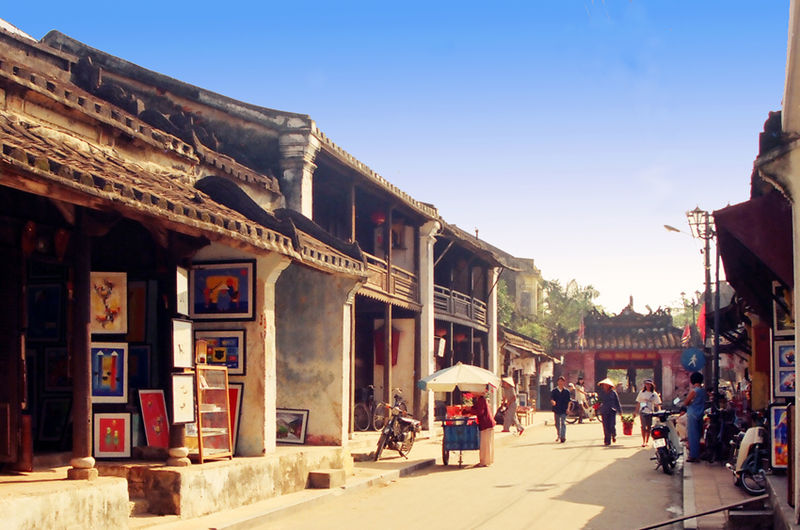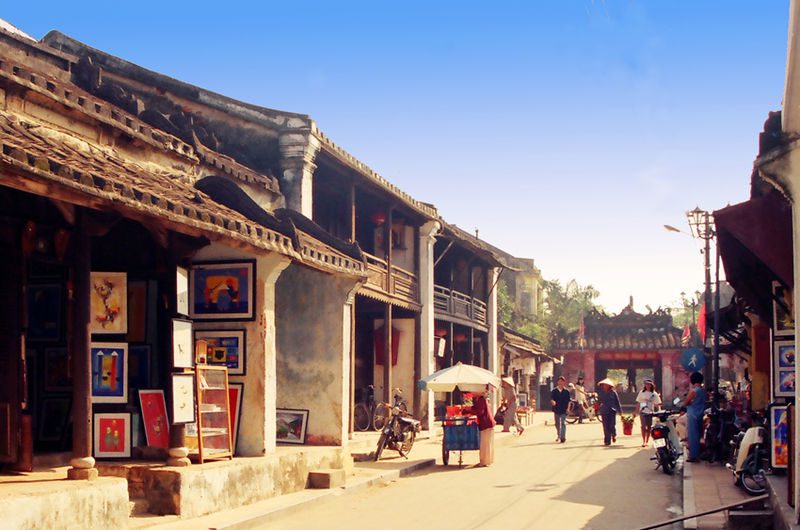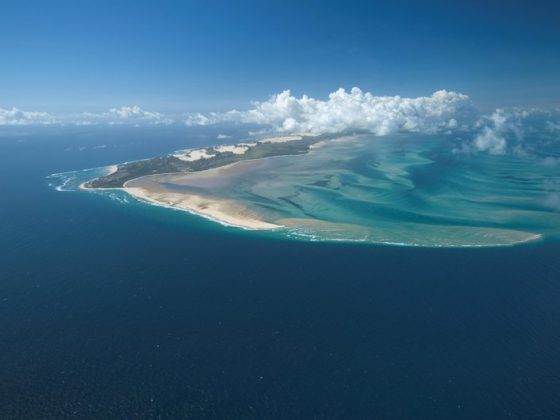
As you read the name of this ancient trading port and you think of Vietnam instinctively without actually knowing why, it is probably because the capital of Vietnam, Hanoi is an anagram of the name of this ancient town. Needless to say all trading ports in ancient times were located adjacent to the ocean and this city which was a bustling and prosperous town during the fifteenth century is no exception. However, it so happens that the Thu Bon River’s delta is also in the vicinity giving rise to many a Hoi An River resort as well.
The vernacular architecture, the timber framed buildings, family cult houses and traditional atmosphere is retained in the entire area. Even newer structures such as the Anantara Hoi An Resort continue this legacy to ensure that Hoi An remains in the World Heritage List of the UNESCO. The area is considered an archetypal Far Eastern trading port. The synthesis of European, Chinese and Japanese influences in the model that has stood the test of time is remarkable.
It’s only about 1% of the Vietnamese population that lives in Hoi An Old Town but you would find about four museums which portray very different aspects of early Vietnamese life in the region. The most ancient artifacts found in Hoi An which are believed to be over two millennia old are housed in the Museum of Sa Huynh Culture. The Folklore Museum is a must visit as it depicts the livelihoods of the people at the time and as is usual in most trading cities, there is plenty of ceramic ware to be displayed. In the year 1995 the Museum of Trade Ceramics came alive to present and preserve these ceramics that have been collected from India, Japan and even Philippines. There are a few pagodas in and around the waterfront including one which has been converted to the Museum of History and Culture and deserve a visit.
Caleb Falcon is a travel writer who specializes in writing content based on the many exciting world adventures that await intrepid travellers. Google+











